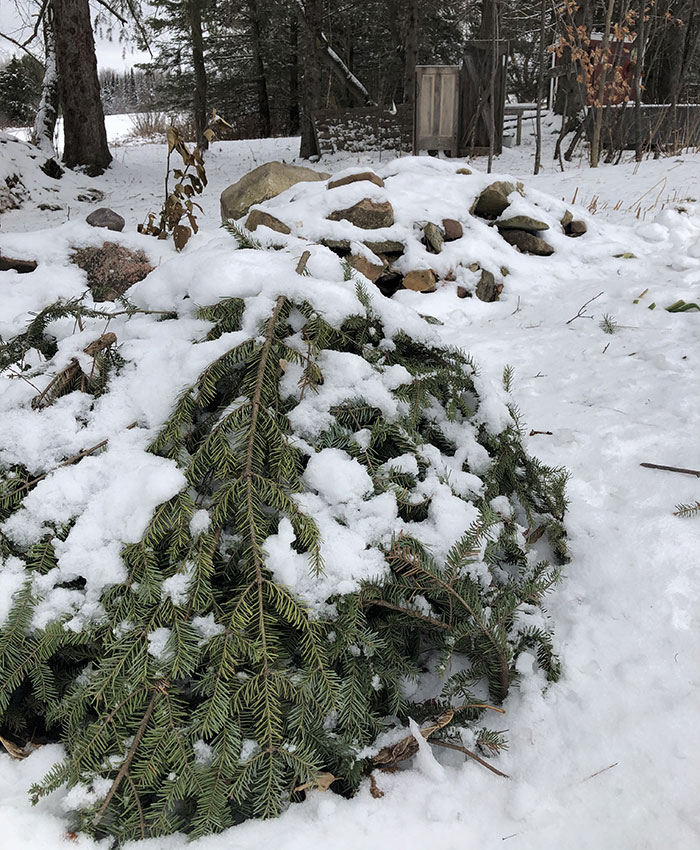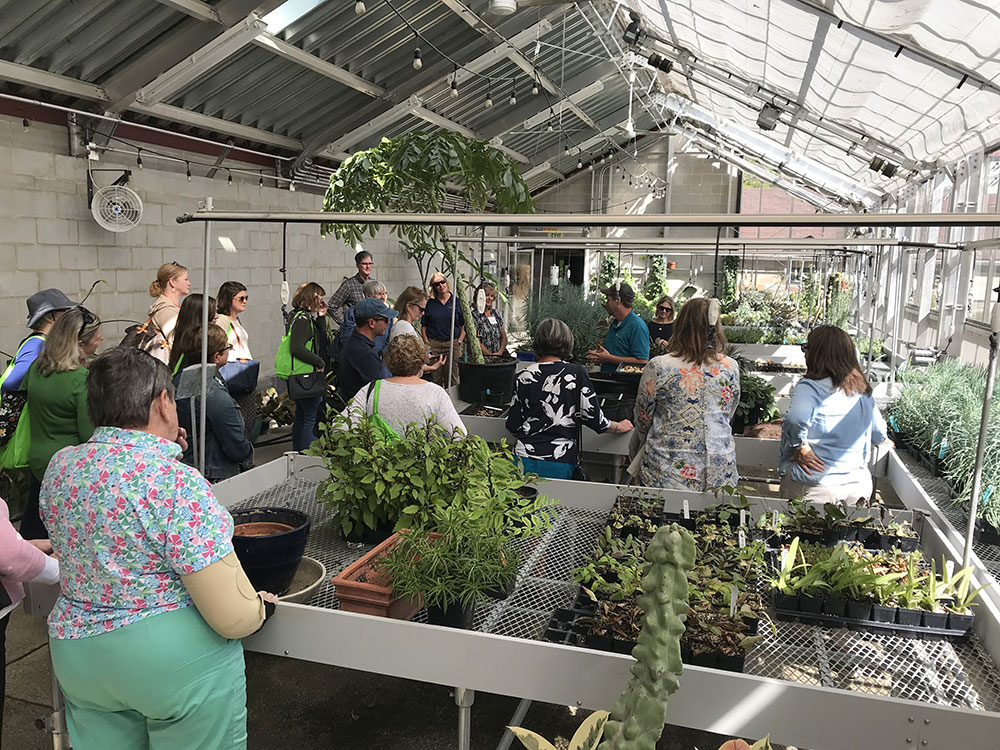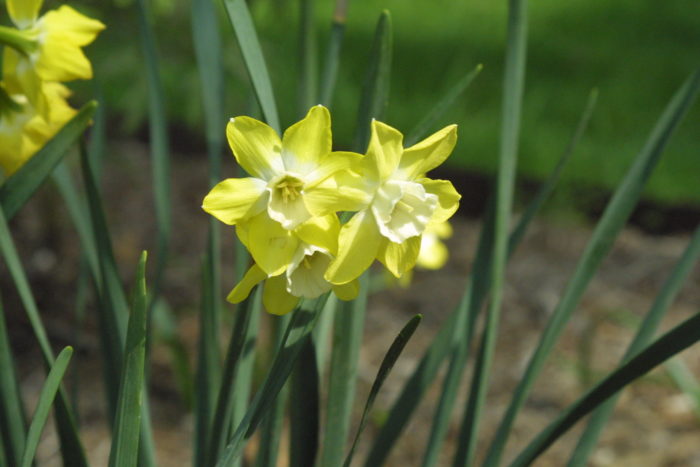
Take care of the birds. Bird watching from the comfort of your home brightens many a winter day. It’s OK to place feeders close to the house, but avoid placing them too close to large picture windows that can trick birds into colliding with the glass. Placing feeders near thickety shrubs or evergreens gives birds the cover they need for protection from predators. Periodically discard any seed that may have crusted to a feeder, and wash the feeder with a 10% bleach solution, allowing it to dry completely before refilling. Keep feeders consistently full, especially in very cold weather. Start a bird journal with a record of which species have visited your yard, and check out Mariette Nowak’s Birdscaping in the Midwest: A Guide to Gardening with Native Plants to Attract Birds for tips on enhancing your yard’s value for birds.

Repurpose your Christmas tree. Cut off branches to cover newly planted or tender perennials and protect them from cold, ice, and foraging by animals. Keep the trunk and larger branches intact to form an interesting plant support for vines during the growing season. Check into municipal tree-recycling programs that may collect discarded trees to sink in lakes as fish habitat or pile on slopes for erosion control. Stage the intact tree near your bird feeder to serve as extra cover for feathered friends.

Cozy up with seed catalogs, and place orders early before coveted varieties sell out. Even if you don’t grow many plants from seed, seed catalogs are a great source of garden inspiration. Before ordering, inventory leftover seeds from previous years and test them for germination. To see if old seeds are viable, select 10 or more seeds and roll them up in a damp paper towel. Put the towel in a plastic bag to retain humidity, and place it in a warm place inside. After a few days, open the bag and check to see what percentage have sprouted; if the germination rate is high enough to make you happy, keep the seeds to plant later.

Expand your gardening education. Public gardens, master gardener groups, university extension educators, and nature centers frequently host educational conferences and symposia in winter and early spring. Depending on the venue, expect practical advice from local experts, or big-picture ideas from nationally and internationally known garden speakers. You may also be able to attend events online.

Save forced bulbs to plant in your yard. Midwestern hardy bulbs like daffodils (Narcissus spp. and cvs., Zones 3-9) and hyacinths (Hyacinthus orientalis, Zones 4–8) that have been forced in soil can be planted out to supplement your spring gardens. After blooms are finished, deadhead flowering stalks. Keep the plants in a sunny place, feed with a sprinkle of bulb fertilizer, and give them an occasional watering. The foliage will fade and shrivel as the bulbs are nourished. Once foliage is completely dry, store the pot in a frost-free spot until outside temps are warm enough to allow planting, then plant as you would any other bulb. Forcing requires a lot of energy, so it may be a year or two before the bulb is able to flower again outside.
—Erin Presley is a horticulturist at Olbrich Botanical Gardens in Madison, Wisconsin.
Fine Gardening Recommended Products

ARS Telescoping Long Reach Pruner
Fine Gardening receives a commission for items purchased through links on this site, including Amazon Associates and other affiliate advertising programs.



















Comments
Log in or create an account to post a comment.
Sign up Log in